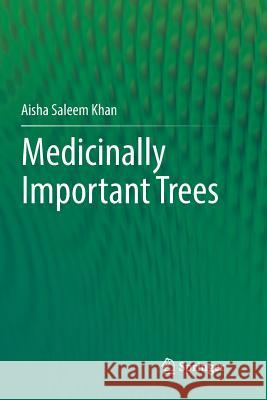Medicinally Important Trees » książka
topmenu
Medicinally Important Trees
ISBN-13: 9783319859996 / Angielski / Miękka / 2018 / 309 str.
Kategorie:
Wydawca:
Springer
Język:
Angielski
ISBN-13:
9783319859996
Rok wydania:
2018
Wydanie:
Softcover Repri
Ilość stron:
309
Waga:
0.45 kg
Wymiary:
23.39 x 15.6 x 1.73
Oprawa:
Miękka
Wolumenów:
01
Dodatkowe informacje:
Wydanie ilustrowane











